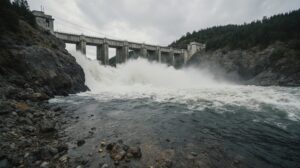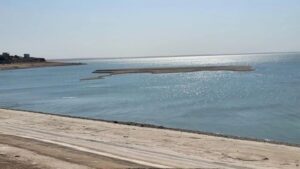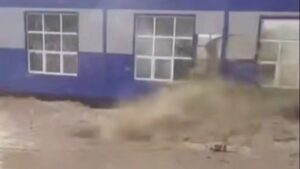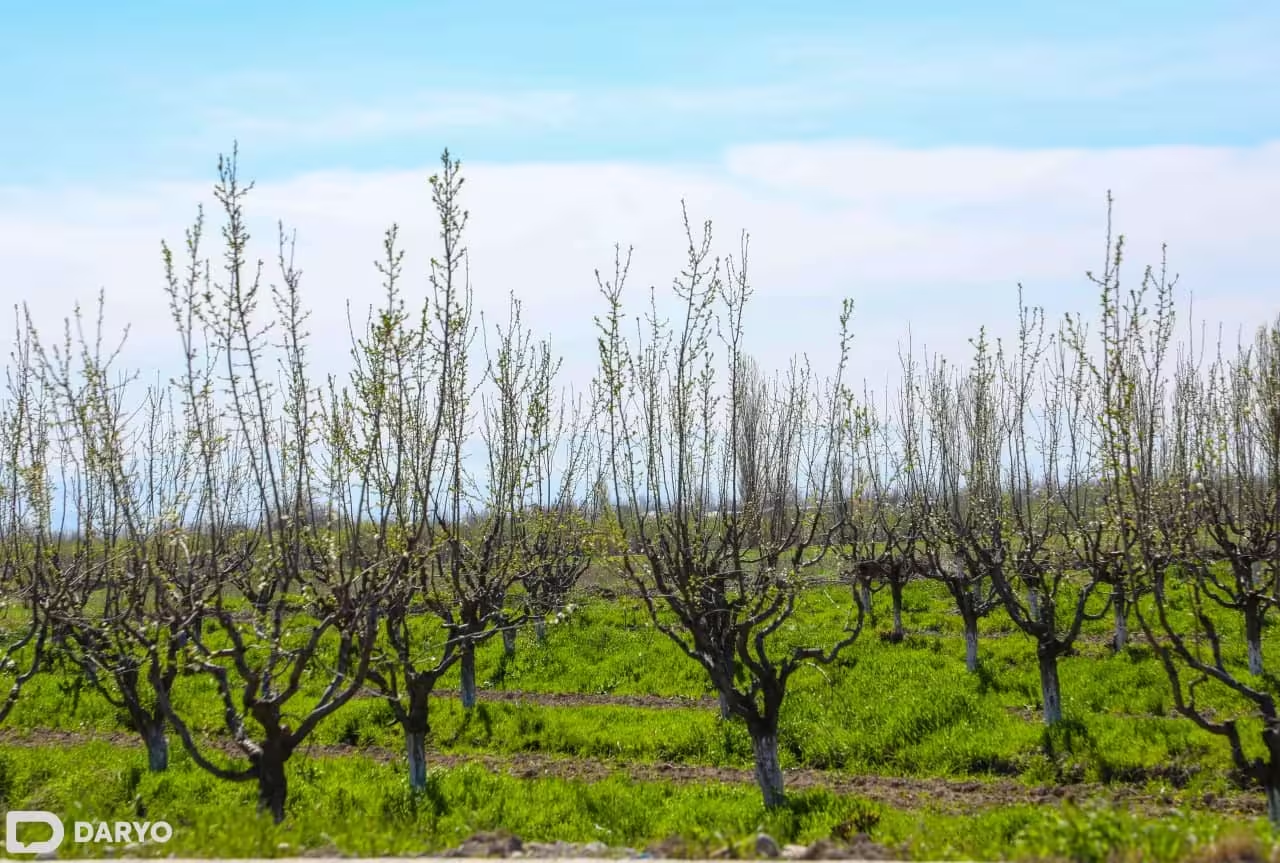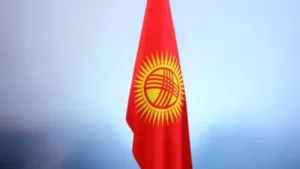On May 20, the Ministry of Energy of the Republic of Kazakhstan published information on the growth in the volume of electricity generated by renewable energy sources. Against the backdrop of scandals with the construction of small hydroelectric power stations on the Koksu River, Orda.kz paid special attention to hydroelectric power stations. We also talked with experts about whether it makes sense to build small hydroelectric power stations at all, and they are primarily related to renewable energy sources in modern Kazakhstan.
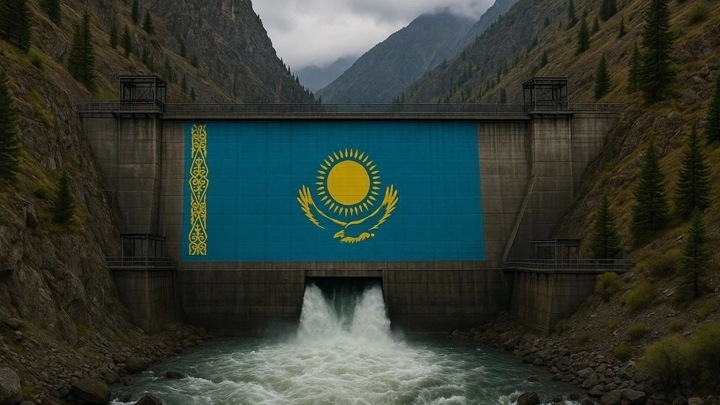
It’s as if they don’t exist
So, according to 2024 data from the Ministry of Energy, all renewable sources of electricity accounted for 6.43% of the total. Compared to 2023, this is approximately 0.5% more. The breakdown by type of power station there is as follows
- 63 wind farms — 1 570.05 MW;
- 46 solar power plants — 1,222.61 MW;
- 42 hydroelectric power plants — 287.685 MW;
- three biogas plants — 1.77 MW.
Although the hydroelectric power station needs clarification — this list does not include large power plants built in Soviet times: Bukhtarminskaya, Shulbinskaya, Kapchagayskaya, etc.
As the Ministry of Energy explained, these 42 stations include only small hydroelectric power stations built before 2016, and 15 hydroelectric power stations built after 2016. Two more are planned to be built in 2025 — Korinskaya hydroelectric power station in Zhetysu with a capacity of 26 MW and Tauenergo hydroelectric power station with a capacity of two megawatts in Turkestan. The Ministry of Energy, by the way, did not mention the Verkhne-Talaptinskaya hydroelectric power station at Koksa at all, which also seemed to be going to be launched in 2025.
At the same time, there is no concept «small hydroelectric power stations» in modern Kazakh legislation. «It used to be, but then it was removed», — the Ministry of Energy explained to us.
But at the same time, they clarified: large hydroelectric power plants have not been put into operation in the Republic of Kazakhstan for 13 years — the last one was Moinakskaya on the Charyn River, which was launched in 2012. So everything that was introduced after can be considered, if not small, then average.
The countdown from 2016 is not without reason. It was then that a law was adopted providing preferential conditions for renewable energy sources. At the same time, small hydroelectric power stations disappeared from the documents, while remaining in reality. And since 2023, as one of the experts explained to us, problems began with the use of those same benefits. Because of this, the question arises: is there any point in building small hydroelectric power stations in Kazakhstan in 2025?
Unfulfilled plans
Our experts were Doctor of Technical Sciences Marat Koshumbaev and representative of LLP «Hydrotechnical Company» Alexander Kim.
Both experts also point out that small hydroelectric power stations are considered the most environmentally friendly among renewable energy power plants. Even compared to wind and solar. Of course, if you build them in compliance with all modern technologies for nature conservation. And in the case of Kazakhstan, this is also reliable mudflow protection. Because, as Marat Koshubaev says, all mountain rivers of the Republic of Kazakhstan are potentially mudflow-prone. The recent sharp rise in water at Koksa, right in the area of the hydroelectric power station under construction, clearly demonstrated this.
«It is impossible to install a power plant at Koksa using the same technology as at the Sayano-Shushenskaya hydroelectric power station, only in a reduced form. I studied this problem and proposed building damless hydroelectric power stations. So that dams do not interfere with fish, so that residents have the opportunity to approach the water, so that there is no flooding», says Marat Koshumbaev.
As the expert notes, a large area of flooding during the construction of a hydroelectric power station can lead to waterlogging of the area. Which, by the way, is exactly what activists fear in the case of the construction of the hydroelectric power station at Koksa. Although Koshumbaev also considers the creation of a power plant with relatively little flooding and a bypass canal acceptable. At the same time, since the mid-twentieth century, projects for completely damless hydroelectric power stations have been developed in the world, when the turbines are located either directly in the river bed, or, for example, on a ship moored near the shore. But mostly their design power is not particularly high.
Speaking of the twentieth century. Both experts recalled that there were plans for the active construction of small hydroelectric power stations in Kazakhstan during Soviet times. Some of them even appeared in the KazSSR, but to a large extent the plans remained plans. Although, as Alexander Kim explained, just from Soviet times the concept of building small hydroelectric power stations became this: they were created on mountain rivers near settlements or enterprises to which it was difficult to pull power lines. The costs of building small hydroelectric power stations were not particularly high, and the economic output from the electricity they generated was noticeable.
Marat Koshumbayev described an example from the 1970s:
«There was not a very large village in the Dzhambul region — about 25 houses. And there were no other villages nearby for hundreds of kilometers. But at the same time, there was a very large sheep farm that needed electricity. They had a windmill, but it did not provide enough energy. And then a small hydroelectric power station was built for them. On a small river, a larger reservoir was made at the top, and a smaller one at the bottom. The water was released down from the large one and then rose to the top like a windmill. This hydroelectric power station produced about 200–300 kilowatts, but this was enough for the village».
Alexander Kim says that in the USSR the classification of small hydroelectric power stations differed from that in independent Kazakhstan. During the Union, a hydroelectric power station up to 35 MW was considered small. And according to it, all power plants built since 2016 could be classified as small.
«We also proposed that power plants with the same capacity should be classified as small hydroelectric power plants. But in the end, our legislators determined the capacity of small hydroelectric power stations to be up to 10 MW».
According to the new classification, only 10 out of 15 hydroelectric power stations built since 2016 can be classified as small. And since we follow the history of the hydroelectric power station at Koksa, neither Verkhne-Talaptinskaya nor both Rudnichnykh fall under the post-Soviet classification of small hydroelectric power stations. Because their power exceeds 10 MW — 16 MW in one case and 42 MW in the second. Although, in conversations with journalists and social activists, in both cases the developers called the power plants small.
They’re small
As Alexander Kim said, the system in which small hydroelectric power stations supplied electricity directly to consumers was in effect until July 1, 2023.
«This scheme worked and was effective. But in 2023, a single buyer was introduced in Kazakhstan. And all the benefits provided by law to support renewable energy sources in terms of small hydroelectric power stations were actually excluded. Today, most of the opportunities for the sale of electricity provided for by the current laws on the electric power industry and on the support of renewable energy sources for small hydroelectric power stations do not work».
Under the current system, small hydroelectric power plants, like all other power plants, either sell energy to a single buyer or to energy supply organizations. They must sell at approved maximum tariffs. And there’s one catch with them:
«Limit tariffs were approved for large hydroelectric power stations, but the operating features of small hydroelectric power stations were not taken into account. Labor costs per kilowatt at the huge Shulbinskaya hydroelectric power station and at some small one will be approximately the same, but the difference in the volumes generated is colossal. And they cannot be put on the same level», — says Kim.
According to the expert, the maximum tariff for large and small hydroelectric power stations should be different, taking into account the characteristics of the latter. As Alexander Kim said, they are now preparing amendments to the legislation, which they plan to send to the Ministry of Energy. They will concern not only small hydroelectric power stations, but also all renewable energy sources in general. The essence of the attack is this:
«Energy transmission organizations need to purchase electricity to compensate for losses in networks. Now they buy it from a single buyer at the tariff that applies to wholesale consumers. We propose that energy transmission organizations buy this energy from hydroelectric power stations and other renewable energy sources at a tariff that will also be set by a single buyer. Because there is such a possibility. Nothing will change for energy transmission organizations, but for small hydroelectric power plants this will be real support».
Although, as Alexander Kim explained, the legislation still leaves them some opportunity to sell electricity directly to consumers. But it’s difficult to use it.
«We can sell electricity to miners, but this scheme does not work. Because miners don’t need electricity in such small quantities — it’s not profitable for them. Especially if small hydroelectric power stations are located far from large populated areas, where it is difficult for them to transport their equipment. It is possible to sell energy to wholesale consumers — for example, large enterprises. But, again, they are not interested in buying it from us due to the small volumes, and therefore they do not want to contact us».
An Orda.kz journalist asked Alexander Kim directly — is there any point in building small hydroelectric power stations in Kazakhstan after July 1, 2023?
«Building them is profitable in this regard — to build a station, you need to win the auction and receive a certain tariff for electricity, which you will sell if you build a station. Roughly speaking, 40 tenge per kWh. This is a good, very favorable tariff. You will have a long-term construction payback agreement, during which this tariff will be in effect. And you will pay for the construction. But in the future, the station goes on the free market, and it must sell energy at the maximum tariff», he replied.
What questions there are about this tariff have already been mentioned above. And from Alexander Kim’s answer, the Orda.kz journalist made the following conclusion: it is possible to build a small hydroelectric power station in Kazakhstan in 2025 if you expect to receive money for its construction, and then turn on the principle «After us, at least a flood».
Igor Ulitin (Orda.kz)
